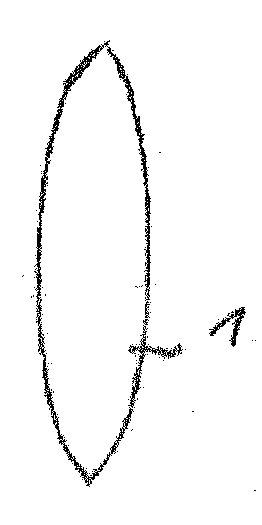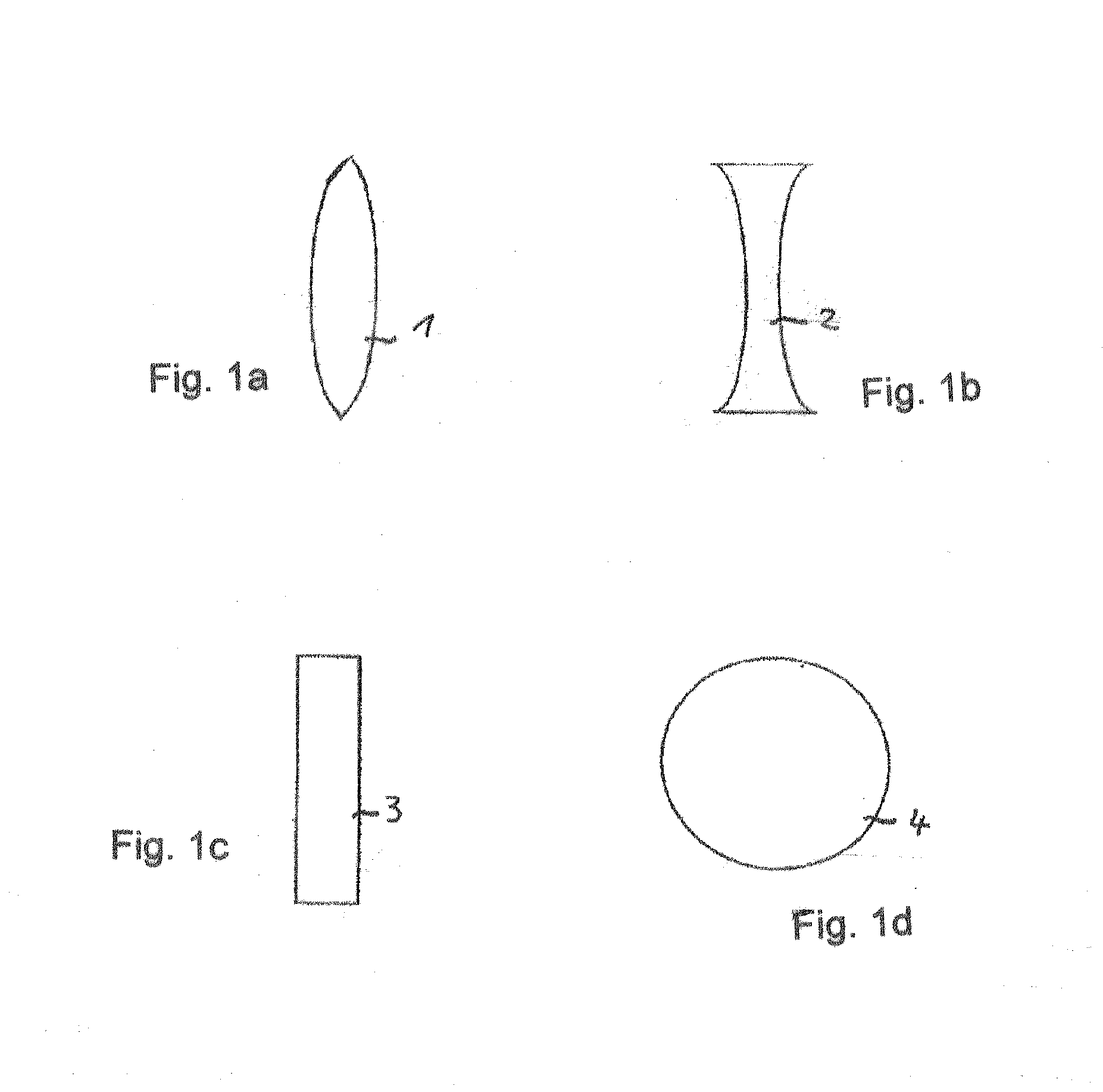Passive optoceramics with cubic crystal structure, process for manufacturing the same and their uses
a technology of cubic crystal structure and optoceramics, applied in the field of optoceramics, can solve the problems of limited development of imaging optics, limited development of optical parameters, etc., and achieves the effects of low weight, low depth of installation space, and new imaging properties
- Summary
- Abstract
- Description
- Claims
- Application Information
AI Technical Summary
Benefits of technology
Problems solved by technology
Method used
Image
Examples
Embodiment Construction
[0075]As described in the following, the optoceramics according to the present invention are transparent materials with refractive indexes nd above or equal to about 1.90, preferably between about 2.0 and about 2.7, particularly preferred between about 2.1 and about 2.7. Most preferred is a refractive index of above 2.25 and even more preferred above 2.30. An Abbe number concurrently is in the range of from about 10 to about 45, preferably between about 10 and 40, particularly preferred between about 12 and 35. This facilitates novel combinations of materials for use in achromatisation of lens systems.
[0076]All of the claimed optoceramics are mixed systems, i.e. they consist of at least two cations of different valency (positions of A, B, D). The stoichiometry of the oxidic powder batch or of the finished compound powder must hence be exactly oriented to this stoichiometry. Ideally, the compositions only differ in the range of up to 10 mol %, ideally up to 5 mol % from the target co...
PUM
| Property | Measurement | Unit |
|---|---|---|
| Abbe number | aaaaa | aaaaa |
| Abbe number | aaaaa | aaaaa |
| Abbe number | aaaaa | aaaaa |
Abstract
Description
Claims
Application Information
 Login to View More
Login to View More - R&D
- Intellectual Property
- Life Sciences
- Materials
- Tech Scout
- Unparalleled Data Quality
- Higher Quality Content
- 60% Fewer Hallucinations
Browse by: Latest US Patents, China's latest patents, Technical Efficacy Thesaurus, Application Domain, Technology Topic, Popular Technical Reports.
© 2025 PatSnap. All rights reserved.Legal|Privacy policy|Modern Slavery Act Transparency Statement|Sitemap|About US| Contact US: help@patsnap.com


